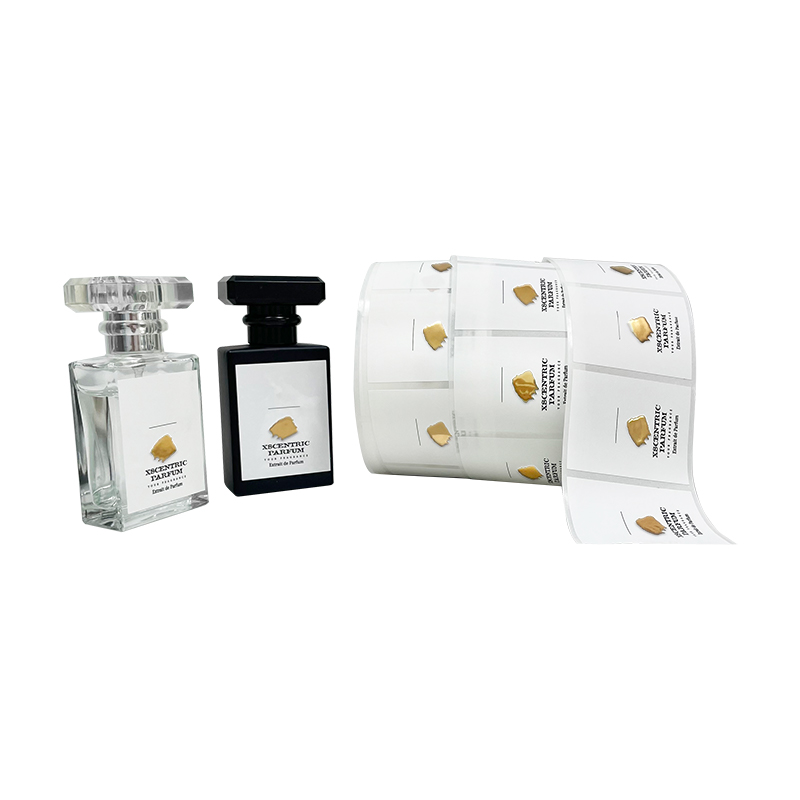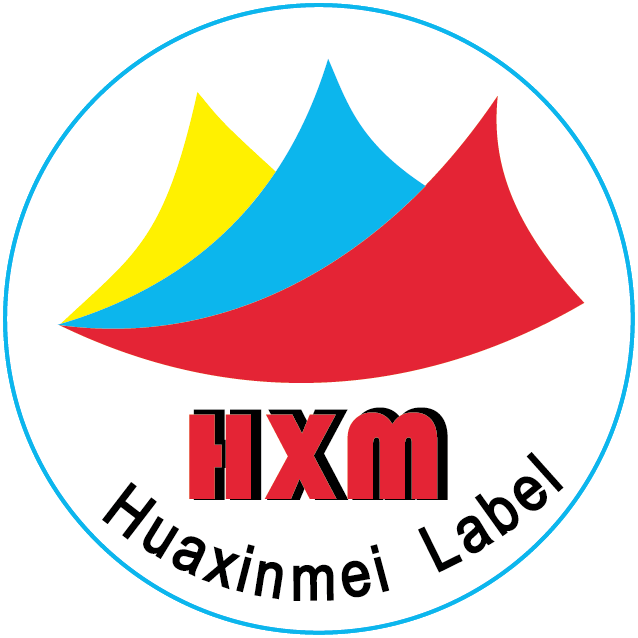Enhancing Brand Recognition
To transform manufacturers’ products, one can start from designing a unique visual image. Customized lottery labels can be designed according to the manufacturers’ brand concepts and images, incorporating unique logos, colors, patterns and other elements, making them stand out among numerous lottery products and enabling consumers to recognize and remember the brand’s lottery products more easily. Manufacturers can also design personalized label customization so that consumers can remember the product trademarks more easily, which will lead to repeat purchases of the products and better expand the brand influence. Another strategy for manufacturers to transform their products is to unify the brand style. By using customized labels with a unified style on different series or types of lottery tickets, the overall brand image can be strengthened, conveying the consistency and professionalism of the brand and enhancing the brand’s recognition and reputation in the eyes of consumers. Unifying the brand style helps consumers remember the brand logo more easily. For example, Hermès’ packaging is generally dominated by the color orange. Almost all Hermès products, such as silk scarves, bags, slippers, hats, etc., have orange packaging as the dominant color. Seeing the color orange easily makes consumers associate it with Hermès.

Increasing Product Attractiveness
Personalizing the design of products is also a way to transform them. Designing customized labels for different festivals, themes or special events can add fun and freshness to lottery tickets and attract more consumers’ attention. Generally, product manufacturers will take advantage of holidays or create some activity days as a gimmick for marketing to attract the audience’s attention. For example, during the Mid-Autumn Festival, many products will rely on the theme of family reunion during the Mid-Autumn Festival to create products that match the product theme. For example, for tea products, with family reunion and kinship as the main themes, a scene of a family sitting together, drinking tea and chatting can be created. Taking the Mid-Autumn Festival reunion as a selling point, it is very suitable for giving to friends and relatives. Another example is launching lottery labels with romantic elements on Valentine’s Day or designing relevant sports-themed labels for major sports events. Innovative materials and techniques, such as using special materials or printing techniques to make customized labels, such as fluorescent inks, gilding techniques, three-dimensional printing, etc., can give lottery labels a unique texture and visual effect, enhancing the product’s grade and attractiveness and thus stimulating consumers’ purchase desires. Increasing product attractiveness can also be achieved through designing characteristic outer packaging. By having distinctive and characteristic outer packaging, consumers will be curious about the product and thus generate purchasing behavior. The outer packaging is the most visible. To attract consumers, the design should be carried out on the outermost label.

Providing More Information and Functions
Detailed Product Descriptions: Customized lottery labels can provide consumers with more detailed product information, including lottery playing rules, prize settings, draw times, etc., helping consumers better understand and participate in the lottery game, reducing misunderstandings or participation obstacles caused by unclear information. Anti-counterfeiting and Traceability Functions: By using advanced anti-counterfeiting technologies and traceability systems and adding anti-counterfeiting marks, QR codes and other elements to the customized labels, the appearance of counterfeit and shoddy products can be effectively prevented, protecting consumers’ rights and interests, and at the same time helping manufacturers conduct quality traceability and management of products. Lottery is originally a game-like product, so the diverse playing methods should be designed clearly in concise language. And the design should be original, trying to design the appearance that consumers like as much as possible to attract consumers’ attention and liking and to make consumers have a higher rate of return.
Meeting Market Segmentation Needs
Design different products according to different regional audiences. Customizing lottery labels according to different customer groups or sales channels can better meet the specific market needs. For example, designing lottery labels with fashion elements and popular culture symbols for young consumers, or customizing labels with regional characteristics or industry-exclusive logos for customers in specific regions or industries. Adapting to Different Sales Scenarios: Customized labels can also be optimized according to different sales scenarios. For example, for lottery tickets sold in convenience stores, gas stations, lottery specialty stores and other different places, different sizes, shapes or contents of labels can be used to better adapt to the display and sales requirements of each scenario.

Promoting Product Marketing and Promotion
To market lottery tickets, relevant information should be released. Customized lottery labels can be used as an effective marketing tool to directly display promotional activities, discount information, new ticket launches and other contents on the labels to attract consumers’ attention and promote product sales. In addition, consumers can be guided to follow the manufacturers’ official websites, social media accounts, etc. through the labels, further expanding the brand’s publicity and promotion. User Interaction and Participation: By taking advantage of the interactive elements on the customized labels, such as scanning codes to participate in lottery draws, sharing to win prizes and other activities, consumers are encouraged to interact with the brand, increasing consumers’ stickiness and loyalty to the brand, and at the same time providing an opportunity for manufacturers to collect consumer data and feedback, which helps to further optimize products and services.



